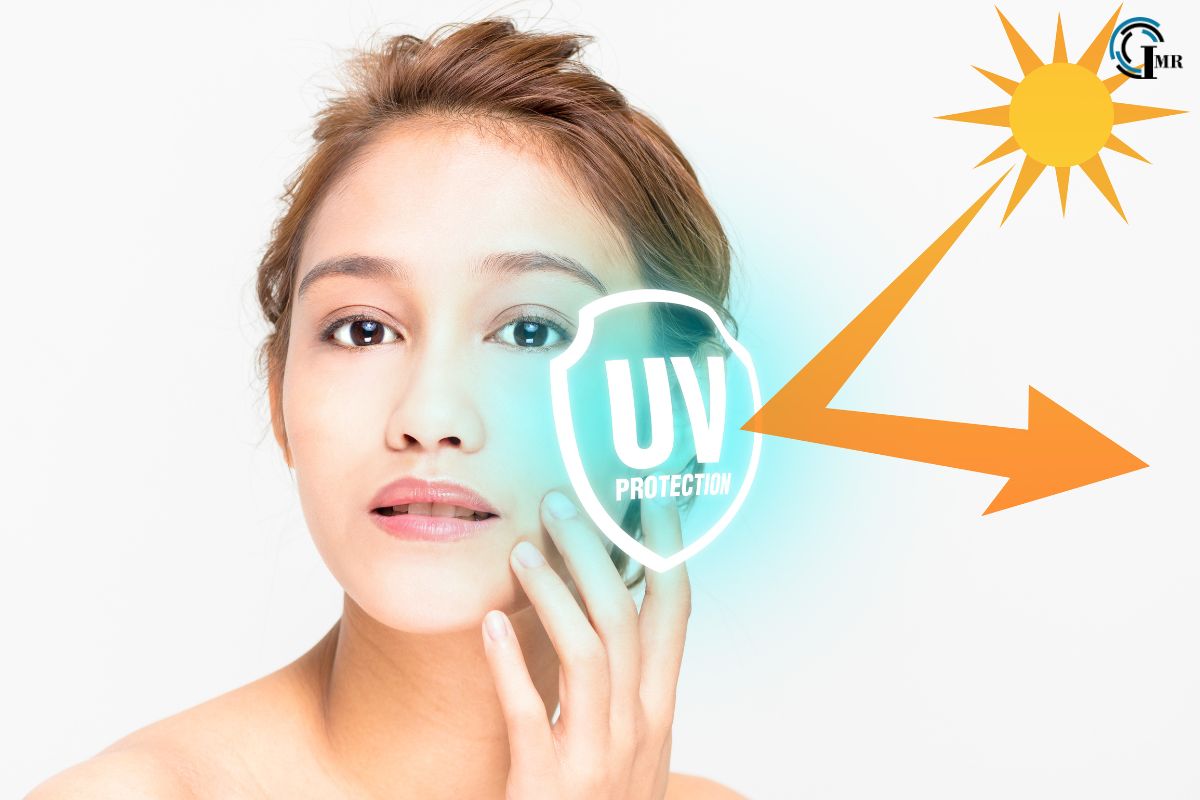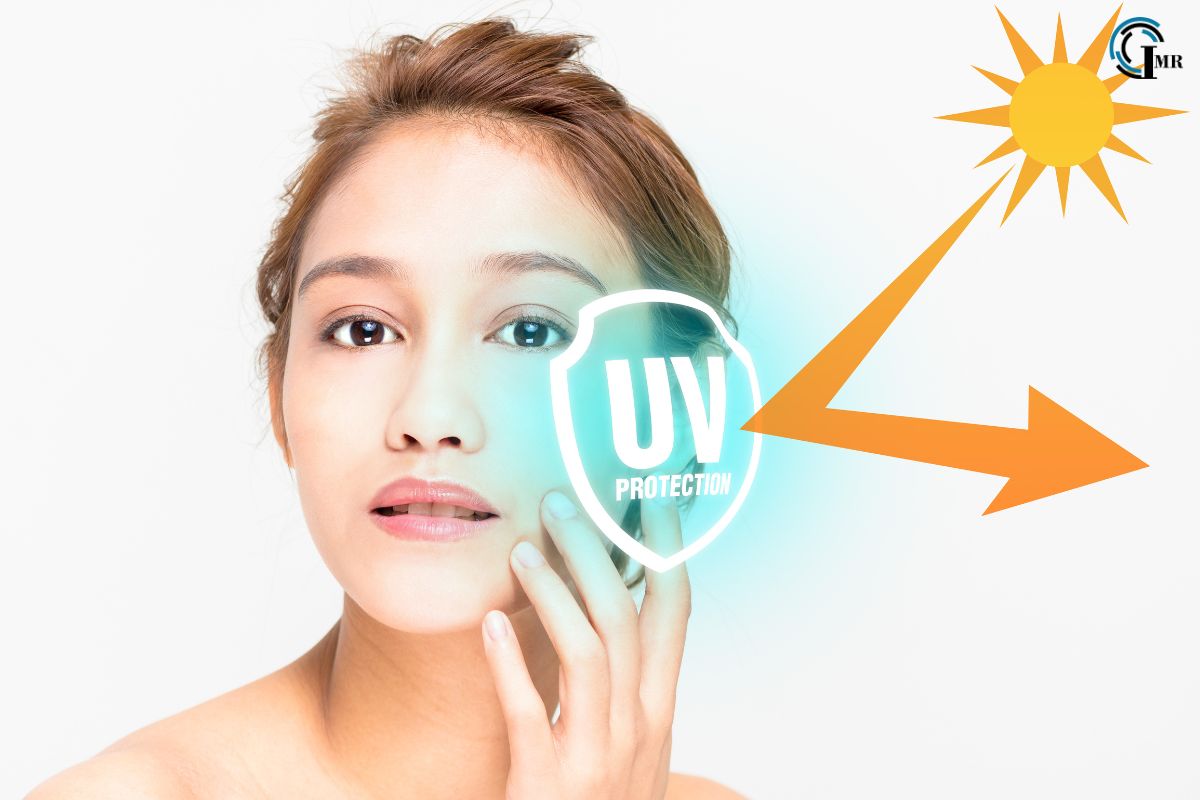
In today’s world, UV protection has become a crucial aspect of maintaining overall health and well-being. As awareness about the harmful effects of ultraviolet (UV) rays grows, understanding the importance of UV protection and incorporating it into daily routines is essential. This comprehensive guide explores the importance of safeguarding against harmful rays, the mechanisms behind these rays, and the different strategies to protect yourself, including the benefits of polarized sunglasses.
Understanding UV Rays
Ultraviolet (UV) rays are a form of electromagnetic radiation emitted by the sun. They are divided into three types based on their wavelength: UVA, UVB, and UVC. Each type affects the skin and eyes differently, making UV protection vital for comprehensive health care.
Types of UV Rays
- UVA Rays: These rays have the longest wavelength and penetrate the skin more deeply. They are primarily responsible for premature aging and wrinkles. UVA rays are present throughout the year, even on cloudy days.
- UVB Rays: UVB rays have a medium wavelength and are responsible for causing sunburns. They can damage the skin’s outer layer and contribute to skin cancer. UVB rays are more intense during summer and at higher altitudes.
- UVC Rays: UVC rays have the shortest wavelength and are the most dangerous. However, they are mostly absorbed by the Earth’s atmosphere and do not reach the surface. Nevertheless, artificial sources like welding torches can emit UVC rays, necessitating protective measures.
The Importance of UV Protection

Proper UV protection is essential to prevent both short-term and long-term health issues. Excessive exposure to UV rays can lead to a range of problems:
Short-Term Effects
- Sunburn: Caused by UVB rays, sunburn results in red, painful skin that can peel and blister.
- Eye Irritation: UV rays can cause temporary discomfort and sensitivity in the eyes.
Long-Term Effects
- Skin Aging: UVA rays accelerate the aging process, leading to wrinkles, age spots, and loss of skin elasticity.
- Skin Cancer: Both UVA and UVB rays contribute to an increased risk of skin cancers, including melanoma, squamous cell carcinoma, and basal cell carcinoma.
- Cataracts and Macular Degeneration: Prolonged UV exposure can damage the eyes, leading to cataracts and macular degeneration, which affect vision and overall eye health.
Methods of UV Protection
To protect yourself from harmful UV rays, consider incorporating the following methods into your daily routine:
1. Sunscreen
Using sunscreen is one of the most effective ways to protect your skin from UV damage. Look for broad-spectrum sunscreens with a high SPF (Sun Protection Factor) that shields against both UVA and UVB rays. Apply sunscreen generously and reapply it every two hours, especially after swimming or sweating.
2. Protective Clothing

Wearing clothing that covers the skin can significantly reduce UV exposure. Choose garments made from tightly woven fabrics that provide a barrier against UV rays. Additionally, consider wearing hats with brims to shield your face and neck from direct sunlight.
3. UV-Blocking Windows
Installing UV-blocking window films or using UV-protective glass in homes and vehicles can help reduce UV exposure indoors. This is especially important for people who spend extended periods in front of windows.
4. Shade and Avoiding Peak Sun Hours
Seek shade whenever possible, particularly during peak sun hours (10 a.m. to 4 p.m.), when UV rays are the strongest. Using umbrellas, canopies, or seeking shelter under trees can help minimize direct sun exposure.
5. Polarized Sunglasses and UV Protection
One effective way to protect your eyes from UV rays is by wearing polarized sunglasses. The polarized sunglasses industry has seen significant growth as awareness about eye health and UV protection increases. Here’s why polarized sunglasses are an excellent choice:
What Are Polarized Sunglasses?
Polarized sunglasses are designed to reduce glare from reflective surfaces such as water, snow, and roads. They contain a special polarizing filter that blocks horizontally polarized light, which is responsible for creating glare. While polarization primarily addresses glare reduction, many polarized sunglasses also block harmful rays from the sun.
Benefits of Polarized Sunglasses
- Enhanced Clarity and Comfort: Polarized sunglasses improve visual clarity and reduce eye strain by minimizing glare. This makes them ideal for outdoor activities like driving, fishing, and skiing.
- UV Protection: Most polarized sunglasses are equipped with UV-blocking lenses that protect the eyes from harmful UV rays. Ensure that the sunglasses you choose offer 100% UV protection.
- Reduced Risk of Eye Damage: By filtering out UV rays and reducing glare, polarized sunglasses help lower the risk of eye conditions such as cataracts and macular degeneration.
Choosing the Right Polarized Sunglasses

When selecting polarized sunglasses, consider the following factors:
- Lens Quality: Opt for high-quality lenses that provide clear vision and effective UV protection. Avoid cheap or poorly made sunglasses that may not offer adequate UV shielding.
- Fit and Comfort: Choose sunglasses that fit well and offer comfort. Ill-fitting sunglasses can cause discomfort and reduce the effectiveness of UV protection.
- Style and Functionality: Polarized sunglasses come in various styles and designs. Select a pair that suits your needs, whether for everyday wear or specific activities.
The Polarized Sunglasses Industry
The polarized sunglasses industry has grown rapidly due to increasing consumer awareness about the importance of UV protection. As more people recognize the benefits of polarized sunglasses, the demand for high-quality, stylish, and functional eyewear continues to rise.
Market Trends
- Technological Advancements: The polarized sunglasses industry is constantly evolving with advancements in lens technology and frame materials. Innovations such as lightweight materials, enhanced polarization filters, and customizable options are driving market growth.
- Sustainability: There is a growing emphasis on sustainable and eco-friendly materials in the polarized sunglasses industry. Brands are exploring options like recycled materials and biodegradable frames to reduce environmental impact.
- Fashion and Lifestyle Integration: Polarized sunglasses are increasingly being integrated into fashion and lifestyle trends. From sporty designs to high-fashion statements, the industry offers a wide range of options to cater to diverse consumer preferences.
Popular Brands and Products
Several reputable brands in the polarized sunglasses industry offer a variety of high-quality products. Popular choices include:
- Ray-Ban: Known for its classic styles and reliable UV protection.
- Oakley: Renowned for its sporty designs and advanced lens technology.
- Maui Jim: Offers premium polarized lenses with exceptional clarity and superior protection.
Conclusion
UV protection is a critical aspect of maintaining both skin and eye health. By understanding the different types of UV rays and implementing effective protective measures, individuals can safeguard themselves from the harmful effects of ultraviolet radiation. Polarized sunglasses play a significant role in UV protection, offering not only glare reduction but also crucial UV shielding. As the polarized sunglasses industry continues to grow, consumers have access to a wide range of high-quality options that combine style, functionality, and UV protection. Prioritizing UV protection in daily routines and making informed choices can contribute to long-term health and well-being.
Incorporate sun protection into your lifestyle today and embrace the benefits of polarized sunglasses to ensure a healthier, more comfortable future.





Comments